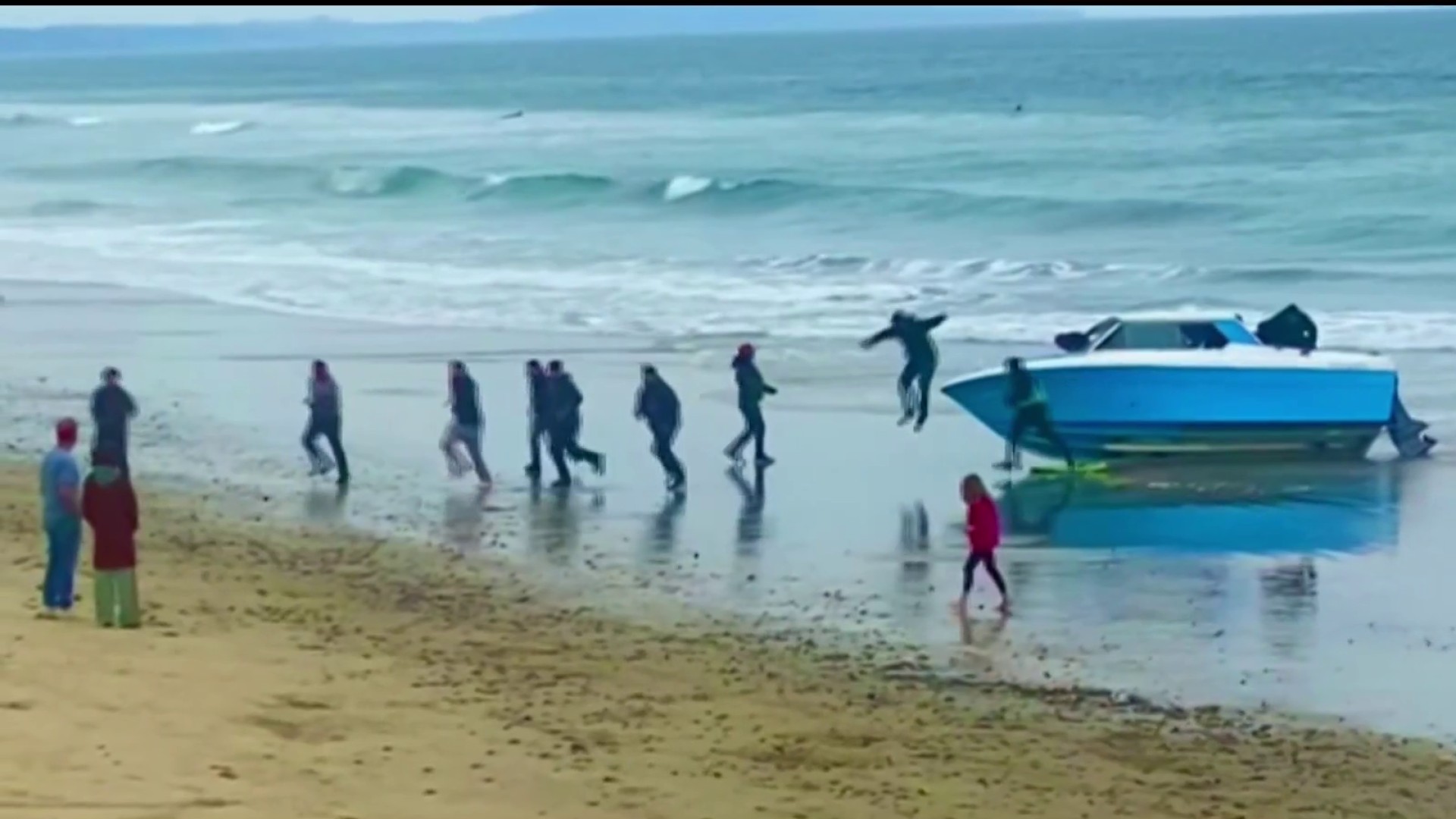PALM SPRINGS, Calif. -- It wasn't that long ago this city of aging snowbirds fought back a rising tide of scantily clad college students with the ultimate spring break buzz kill: no thongs, no amplified music and no dancing.
How a troubled economy can change things.
Reeling from the recession, the city's tourism bureau this spring sent a text message to 55,000 college kids — "Skip Cabo, come to Palm Springs" — and students are once again flocking to the ritzy desert oasis better known for its golf courses and gated retirement communities.
Although the nearest beach is more than two hours away, the pitch appealed to students who said they were spooked by reports of drug violence in Mexico, a perennial spring break favorite.
"I'd rather be safe," said Marissa Klei, whose spring break tour company switched to Palm Springs from San Felipe, in Baja California, at the last minute.
"We weren't at the beach and there weren't as many people, but it was still chill," said Klei, a sophomore at California Polytechnic State University, San Luis Obispo. "We hung out at the pool, there were lots of good people and the weather was so nice."
That's the kind of buzz Palm Springs hopes will spread among college students as it warily wades back into the spring break tourism niche for the first time in nearly 20 years.
Local
"Palm Springs practically invented spring break ... and it's back!" blares a Web site promoting deals to college students.
More than 2,000 revelers on spring break tours will rotate through a Holiday Inn on the outskirts of town before the six-week season ends in mid-April, and dozens of independent groups have booked rooms at the 25 hotels offering students reduced midweek rates, according to spring break promotion companies and city tourism officials.
On a recent morning at the Holiday Inn, 250 students were recovering from the previous day of debauchery, which included tequila races, beer pong, an evening dance and a "king and queen of the beach contest" that ended with one female contestant stripping in front of hundreds of poolside revelers.
"It was real fun, from what I remembered," said a hungover John Gebhardt, 19, as his friend loaded an autographed beer bong into his car trunk. "A whole bunch of people came from all different schools (and) stayed together partying. It was sick."
Gebhardt's wild week was a glimpse of the Palm Springs of the past, when it attracted crowds of students after World War II that multiplied yearly until the city started cracking down in the late 1980s.
In 1986, at the height of the revelry, the Palm Springs jail was packed with inebriated students, and police marched arm-in-arm to sweep throngs of rioting, bottle-throwing partiers off the downtown thoroughfare.
In 1991, then-Mayor Sonny Bono helped pass the city's now-famous anti-thong ordinance to end the annual spring break tradition of women wearing cheek-baring bikinis as they circled downtown by motorcycle.
Today, Palm Springs hopes its newfound push for the 18- to 25-year-old demographic can balance the excess of years past with the desperate need for tourist dollars. The city thinks it can welcome the students while using the old ordinances and better planning to rein in bad behavior.
For now, most of the students are sequestered at the Holiday Inn, where a spring break promotion company has booked most of the rooms for several weeks solid and provides in-house entertainment. Students staying at upscale downtown resorts have arrived in smaller groups and are more low-key — a trend the city prefers.
"It will never get (like 1986) again, and there's nobody here that wants it that way," said Mary Jo Ginther, director of Palm Springs tourism bureau.
Palm Springs, ringed by snowcapped mountains, has seen hotel occupancy rates drop around 10 percent in recent months, and receipts from hotel room taxes plummeted 14 percent over the same period last year.
The city relies on the room tax for one-fifth of its annual budget, said Mayor Pro Tem Chris Mills.
Mills, who lived through the wildest spring breaks, said he's wary of welcoming students back, but he also sees the crowds as a solution to the city's economic crisis and an investment.
"They may be here when they're 18 years old, have a great time, not spend any money and stay in a hotel room with six other people. But at a point in time, they're going to be 35, 40, 45 years old and they'll remember the experience and they'll come back," he said.
"I think the years that we've not had that, that's been a hole in our advertising."
Some local residents, however, aren't sure they're ready for a return to the good old days, even if the city vows to keep it under control.
"They would be so raucous downtown and they would park in the streets and be rude and they thought they owned the place. It causes a lot of trouble," said Fran Rheaume, 65, who winters in Palm Springs and recently moved to nearby Desert Hot Springs.
"I think it's good for kids to have fun, but there should be a limit. It's a retirement community."



